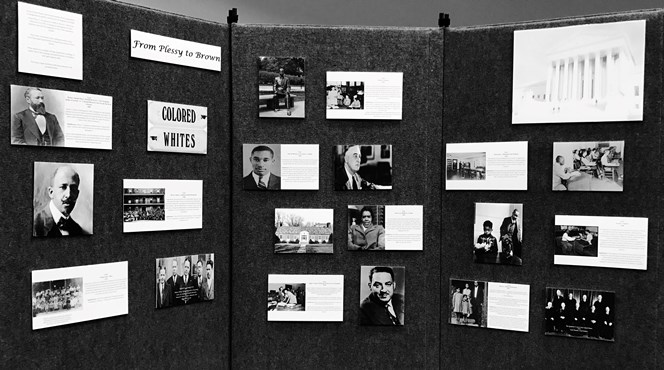
Preview

Creation Date
1896
Description
Homer A. Plessy challenged an 1890 Louisiana Law that required separate train cars for Black Americans and White Americans. The Supreme Court held that separate but equal facilities for White and Black railroad passengers did not violate the Equal Protection Clause of the 14th Amendment.
Significance: Plessy v. Ferguson established the "separate but equal" doctrine that would become the constitutional basis for segregation.
Justice John Marshall Harlan, the lone dissenter in Plessy, argued that forced segregation of the races stamped Blacks with a badge of inferiority. That same line of argument would become a decisive factor in the Brown v. Board decision.


